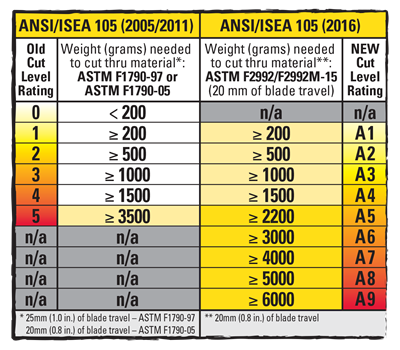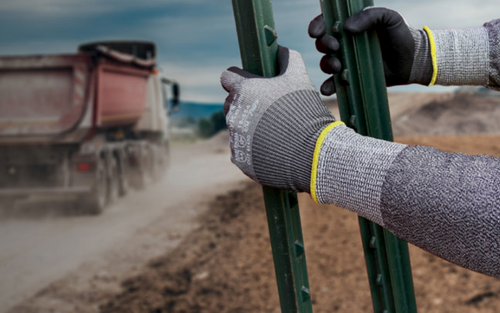How to Select the Best Kevlar Gloves
Developed by DuPont in 1965, yarns made from Kevlar remain a very popular component in manufacturing protective safety gloves. Kevlar combines light weight with high tensile strength, along with heat and and cut resistance — qualities that make it a great material for PPE, including gloves.
Buying the right pair of safety gloves for your workers doesn’t have to be overwhelming, no matter what your requirements are. When purchasing or replacing your gloves, here are six considerations you should keep in mind.
Choose a Glove Type
There are three basic types of Kevlar gloves.
-Knitted Kevlar gloves without coating are great as glove liners or for handling large metal parts or sheet metal, easy to wash, and cut-resistant, and they have decent dexterity.
-Kevlar gloves with a palm coating offer great dexterity, grip, and cut resistance, and they won’t melt, ignite, or conduct electricity.
-Leather gloves with a Kevlar lining are highly durable, have great abrasion and good dexterity, and are flame and cut resistant.
Consider Cut Resistance
Different jobs require different levels of cut resistant gloves. Check the latest ANSI/ISEA standards for more information on the applicable standards for your industry. The ANSI standard measures the weight in grams needed to cut through the glove's material. The current ANSI standard scale features nine cut levels ranging from A1 to A9 and goes up to 6,000 grams. The former scale used a five-point cut level rating and only went to 3,500 grams.

Applying this chart to your real-world application may be helped with the aid of either the manufacturer or a qualified safety sales professional.
Identify Other Hazards
If chemicals, extreme heat, punctures, or other risks are part of your job, you might need different gloves that can protect you from multiple hazards. Keep in mind that as a glove offers a wider range of protection, it loses some of its dexterity.
Kevlar or Composite?
High-performance materials like Kevlar and composite yarns made with fiberglass, steel, or other synthetic materials can increase cut protection levels. Composite materials, if they’re right for your industry, may incorporate higher cut and abrasion resistance and can be cheaper than 100% Kevlar.
Evaluate Durability
The longer a glove lasts, the longer it can protect you, and the more money you can save in the long run. Request a glove sample and do a glove trial to evaluate a glove’s durability and style.
Make Comfort a Priority
It doesn’t matter how protective a piece of equipment is if it’s not comfortable, it’s not being worn, and it’s not doing its job. This goes for gloves, too. Comfort should be a requirement and consideration along with cut resistance and durability, all of which are an essential part of what makes a pair of gloves right for your job.
Still Have Hand Protection Questions?
PK Safety has been keeping workers safe and well-equipped for decades. Our team is always here to help answer your safety workwear and equipment questions. We’re available online or by phone at 800.829.9580.
Recent Posts
-
Customizing Gas Detectors: Tailoring Solutions to Fit Your Unique Requirements
In today’s diverse industrial landscape, a one-size-fits-all approach to safety simply doesn’t cu …Jul 3rd 2024 -
10 Ways to Prevent Wildfires
You can prevent wildfires by extinguishing flames before you leave the worksite. Avoid practicing …Jul 1st 2024 -
ANSI/ISEA 138 Safety Gloves: Ensuring Hand Protection
The human hand is an anatomical masterpiece and arguably the greatest tool attached to our bodies …Jun 25th 2024





